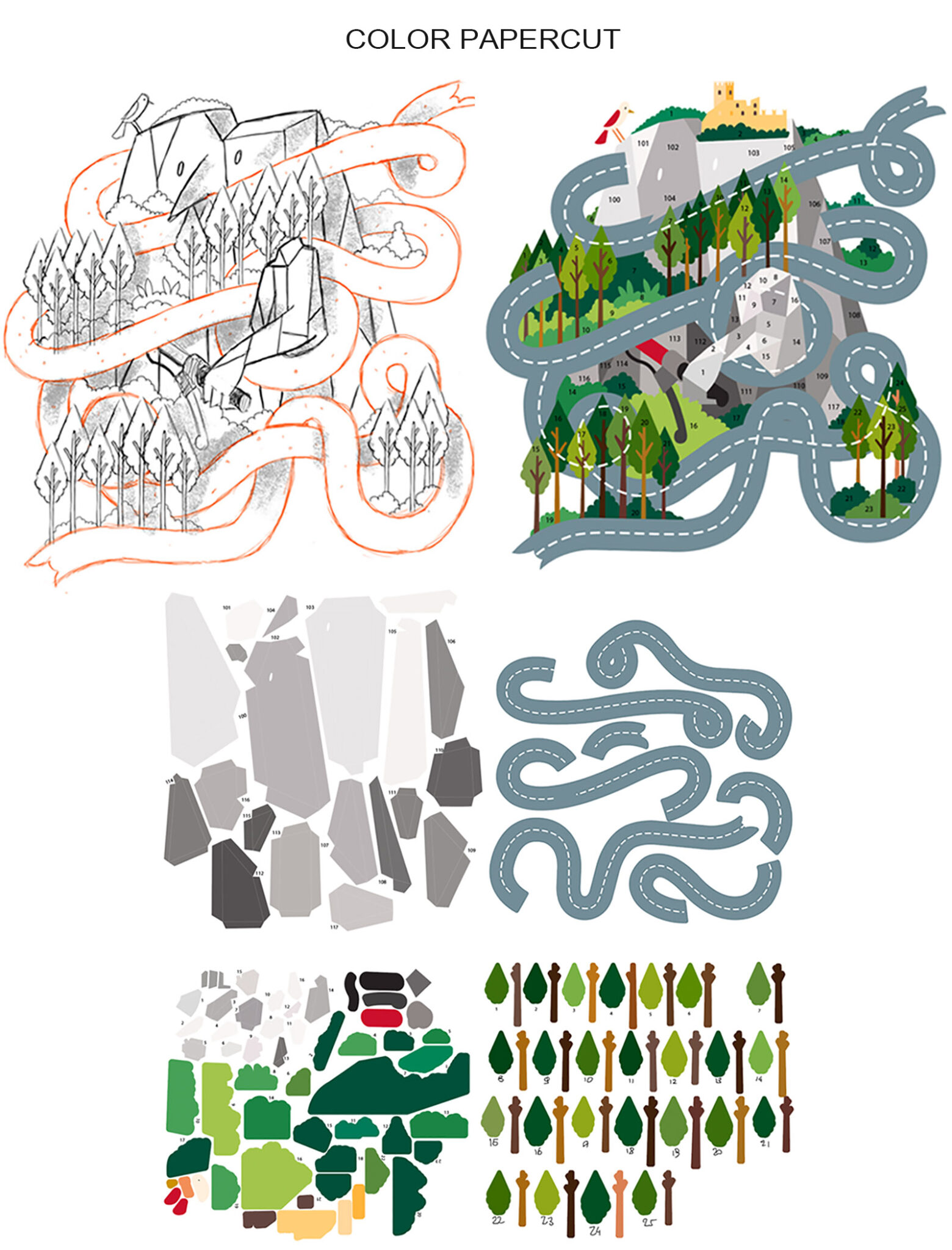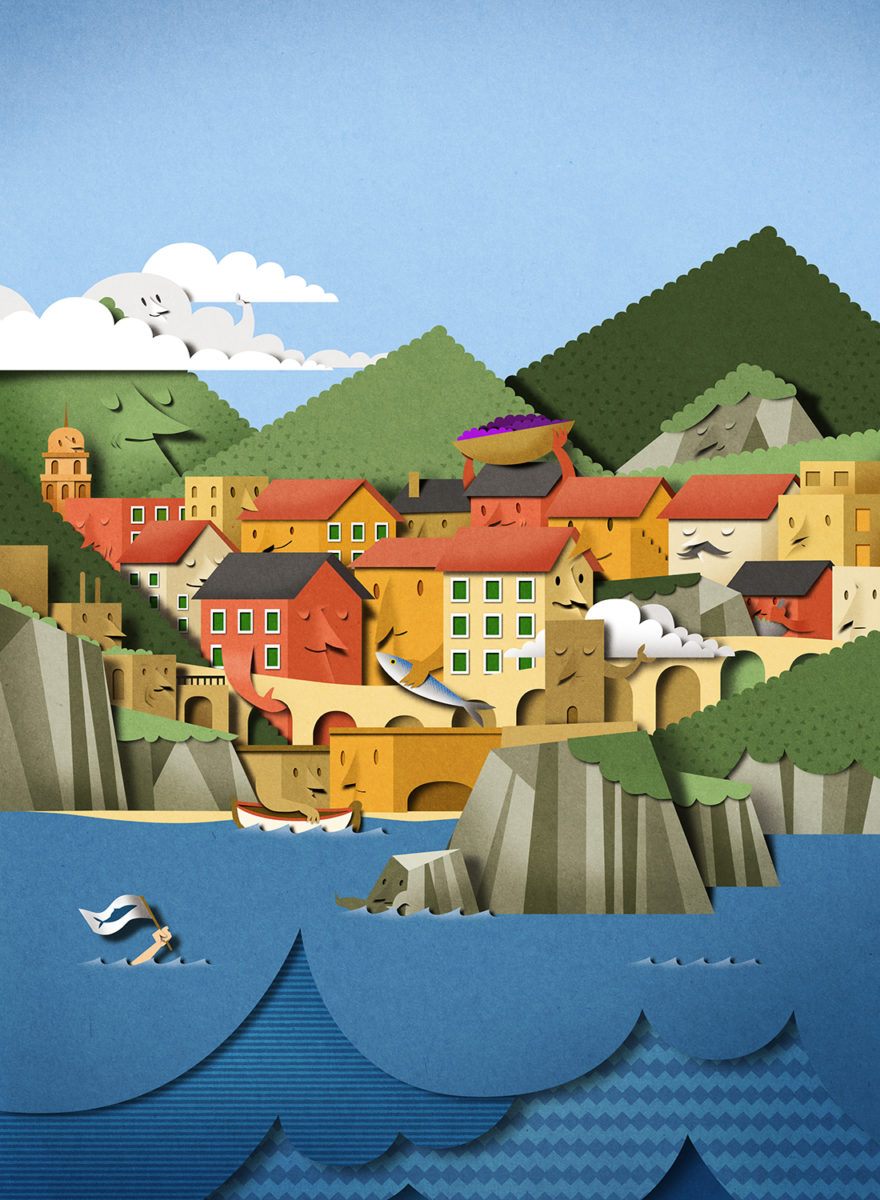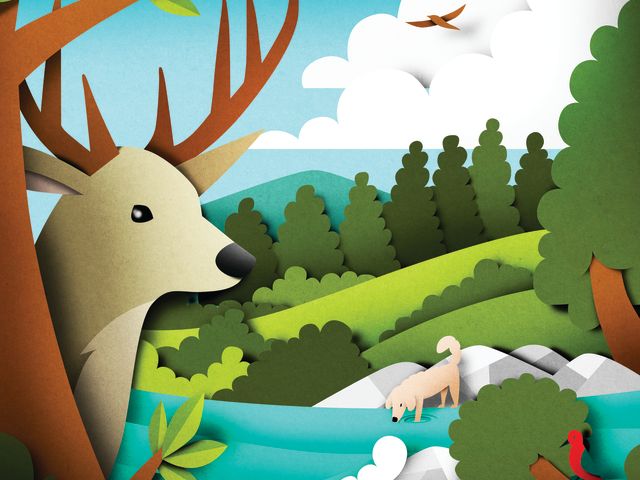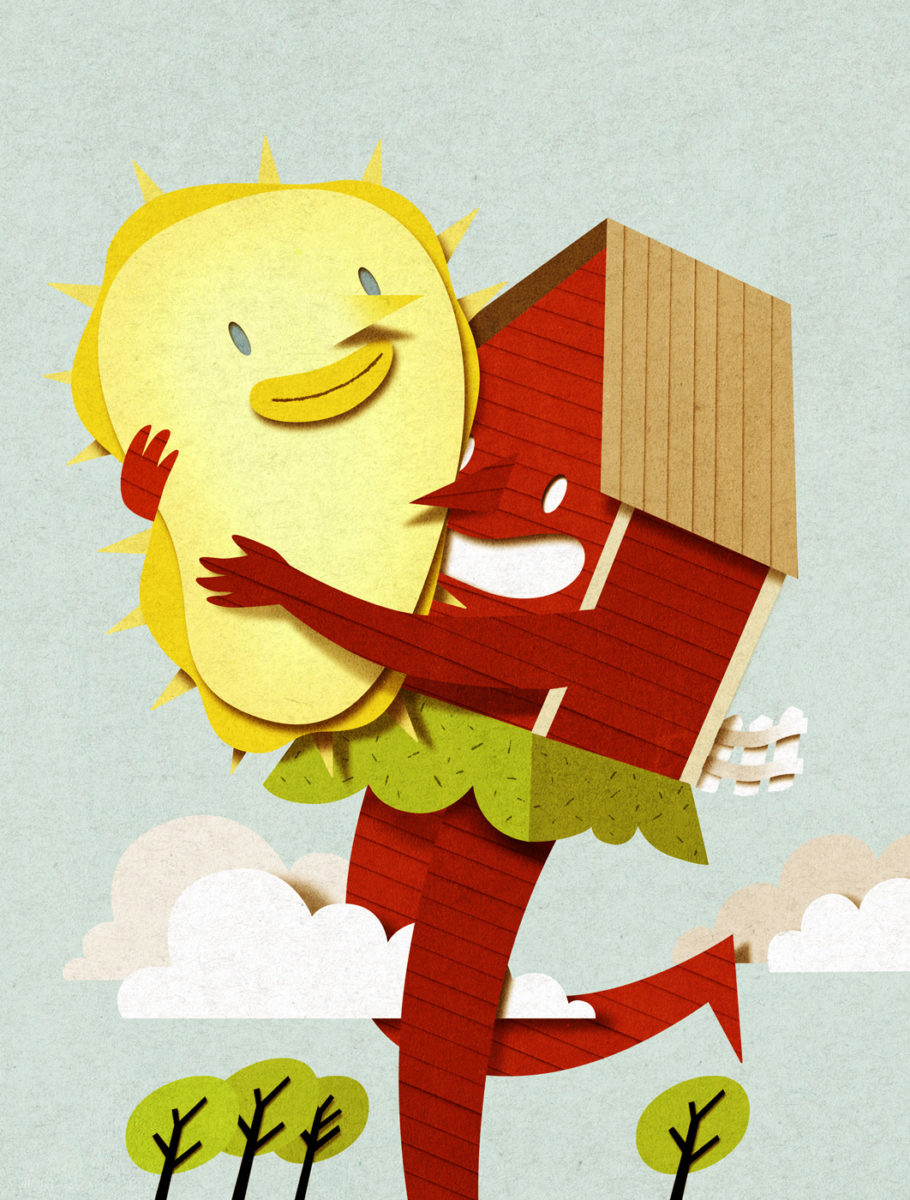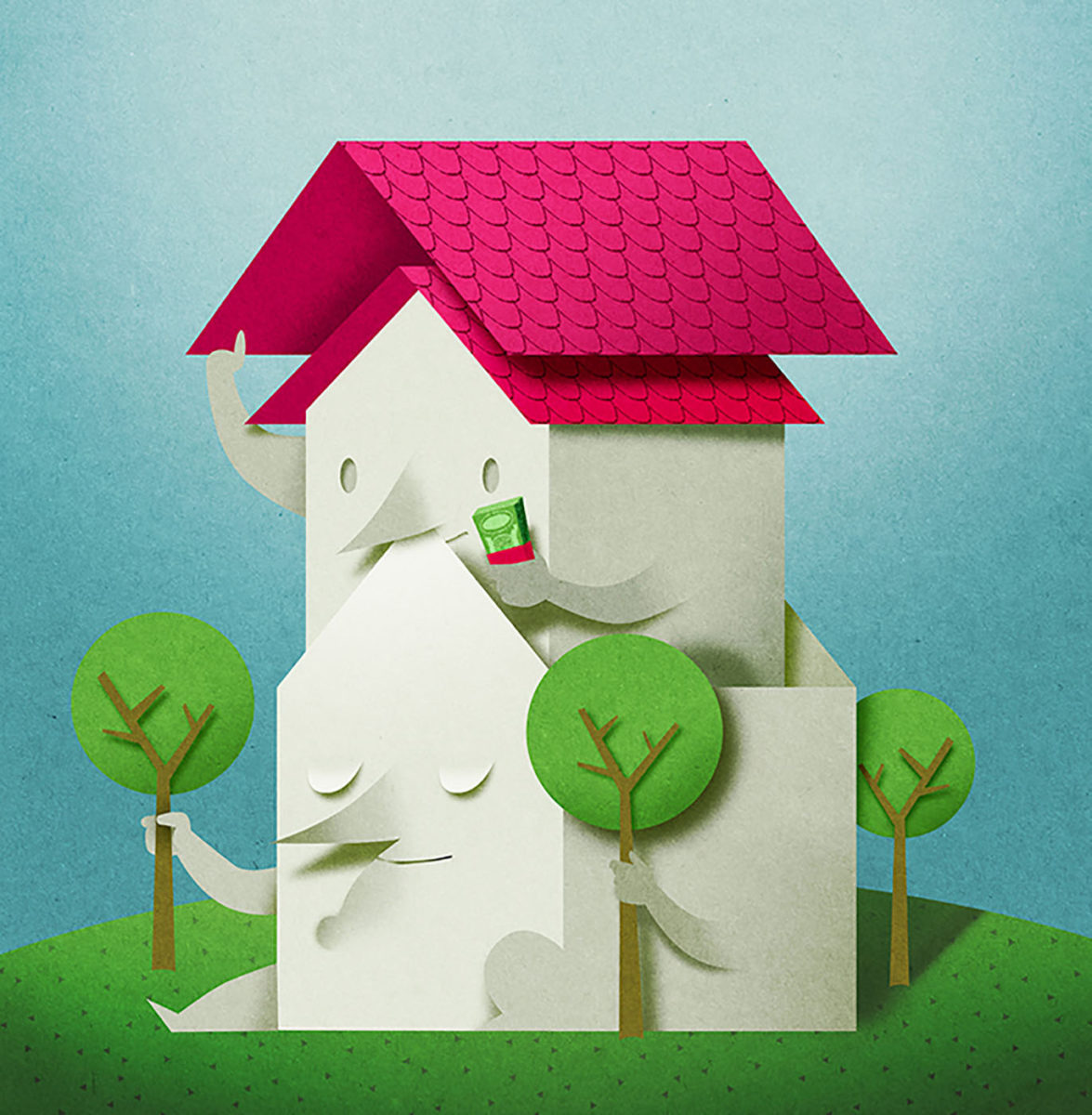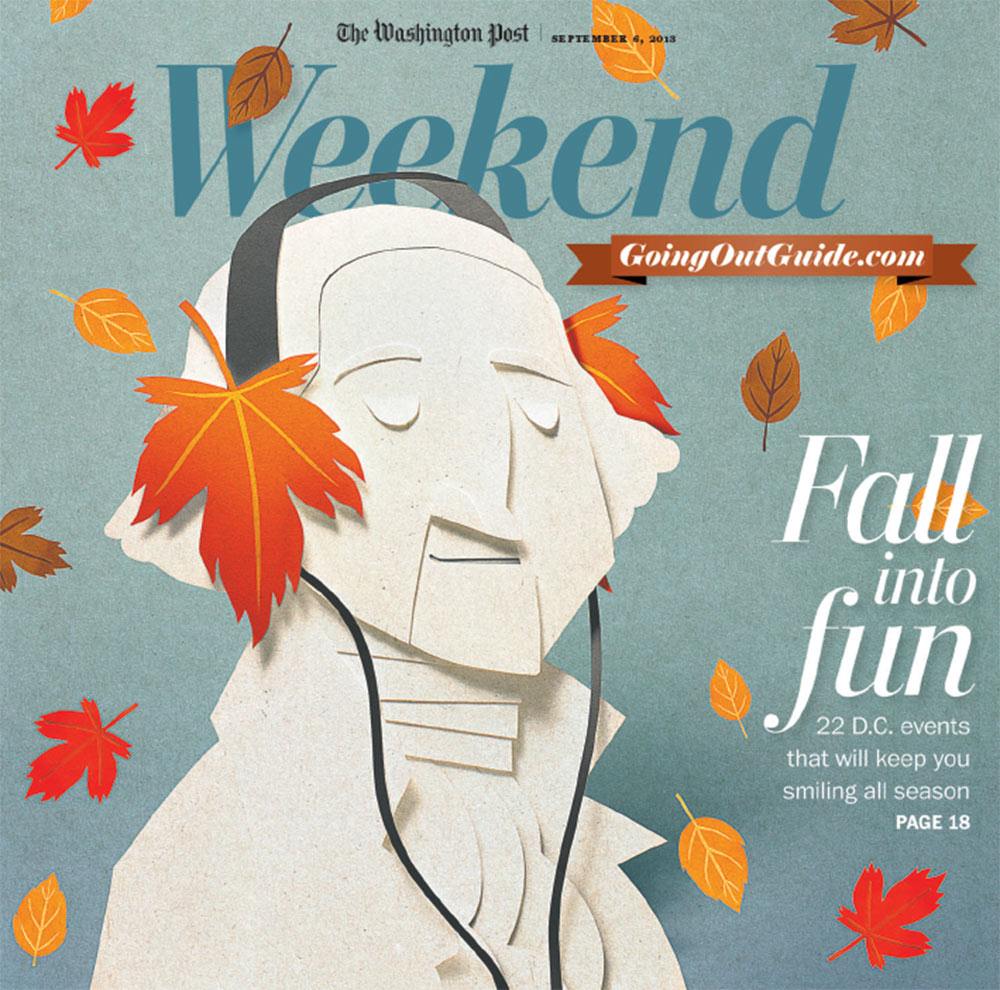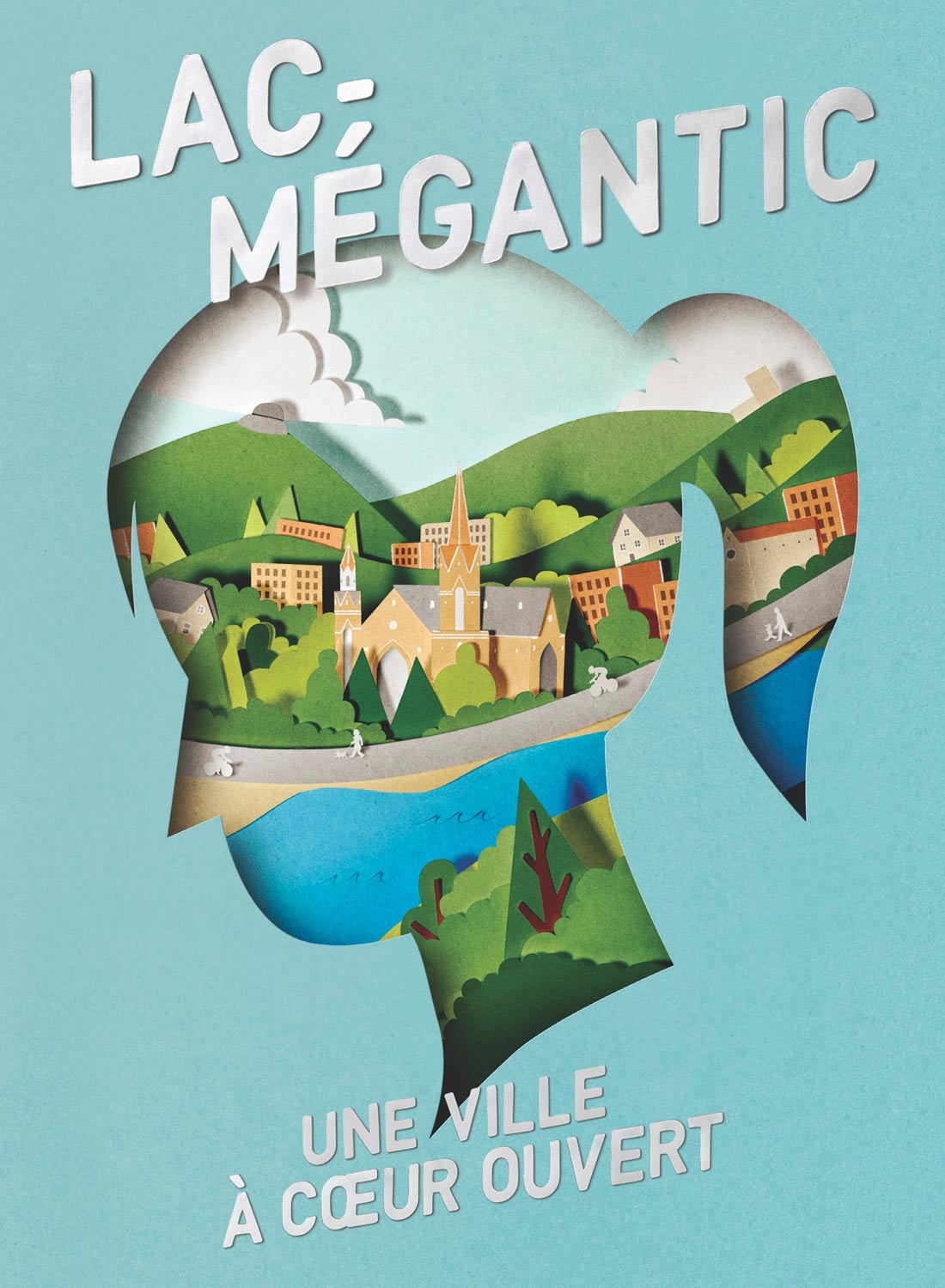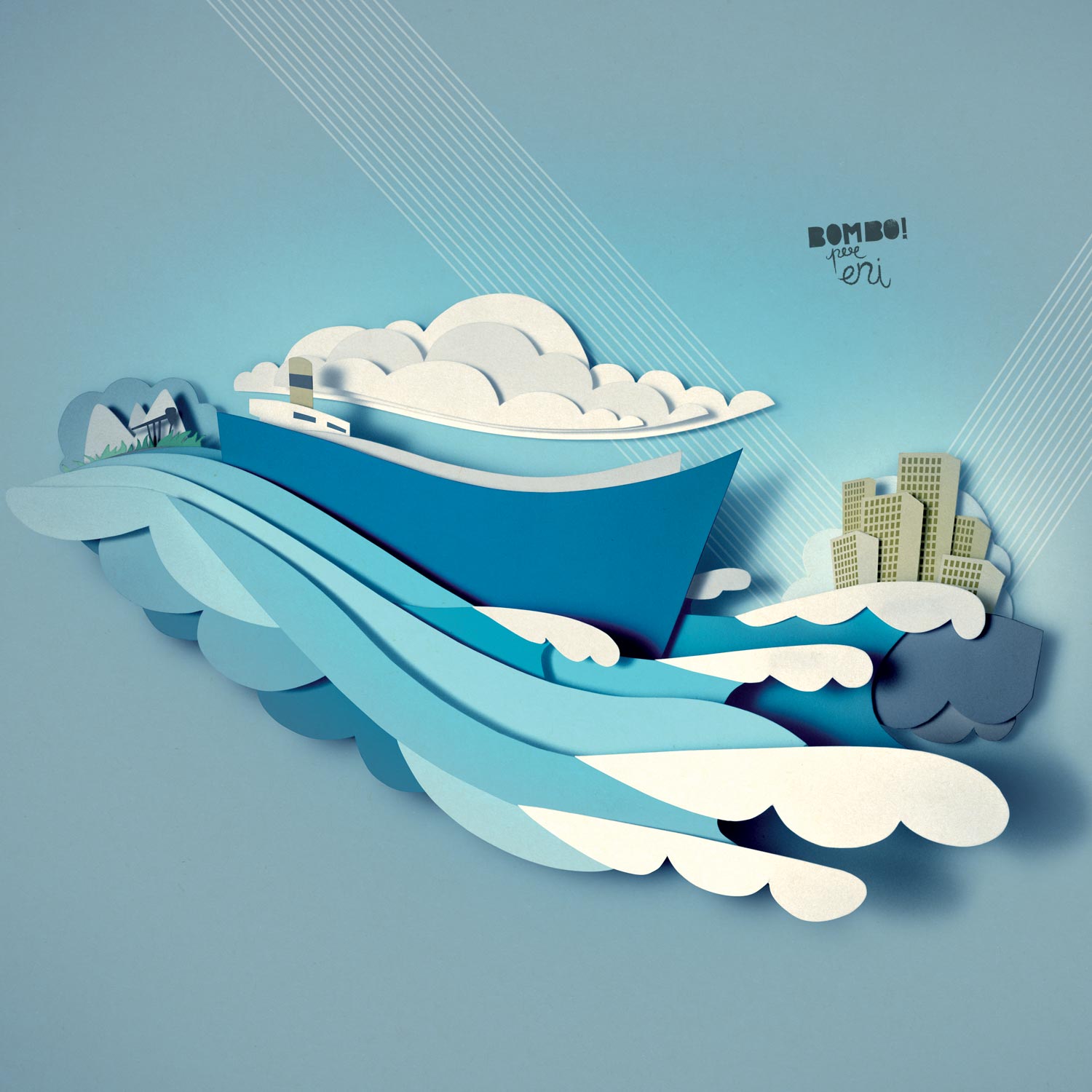Bomboland
Bomboland is a collaborative effort between paper sculptors, Maurizio Santucci and Elisa Cerri. Based out in Lucca, Italy, the studio works on both publishing and advertising projects and has illustrated magazines, newspapers, children’s books, and collaborated with several agencies to create advertising campaigns.
Within a few years from its emergence in 2007, Bomboland has been able to create its own unique space in the world of international illustration with a well-defined and recognizable style. Using techniques that include paper sculpting, vector rendering and drawing in conjunction with strong concepts and techniques, the world of Bomboland is populated by fun animated objects that inhabit a space suspended in time.
In addition to commissioned work, the studio dedicates time to creating exhibitions of personal works in galleries and exhibition spaces.
Nokia
Cassa Rurale Alto Garda
Toyota
Eni
Conad Leclerc
Interior Savings
Kiehl’sl
MailChimp
Air Dolomiti
Luxottica
Internazionale
La Scala
Italiani Europei
Misereor
The Washington Post
The Guardian
Il Sole 24 Ore
Die Ziet
Glamour
L’Espresso
AAA Traveler
New Scientist
Forward
LINC
Pharmacy Practice
Donna Moderna
Scientific America
Wired
Emme Edizioni
ELI Edizioni
Bayard Editions
Zoo Libri
Fleurus Editions
Sterling Publishing
Unicef
Bonnier Publishing
We always start with rough pencil sketches. The accuracy of the sketch depends on the type of commission. Generally when we work for advertising and the art director provides a layout, we make a fairly definite sketch. When they ask us to conceptualize an idea, we usually do 2-3 quick sketches, not very defined, to decide with the client which concept is best for the project. We take note of the client’s comments and move on to the second step for a more defined sketch or a vector sketch. Sometimes we add color in this step.
When it is time to work on the final art, we can work in different ways:
WHITE PAPERCUT: We construct the sculpture with white paper. Then we take the picture of the piece and add the color, texture, and further details on Photoshop.
COLORED PAPERCUT: We construct the sculpture with colored paper or cardboard. Sometimes if we are not satisfied of the colored paper we find in store, we print colored paper on our own. We may then take a picture of the piece and add further details on Photoshop.
DIGITAL PAPERCUT: Everything that we make with paper can also be done digitally. The end result would have a similar effect, but we manually draw in all shadows and highlights in photoshop. This method could seems fast, but it depends on the complexity of the image.


